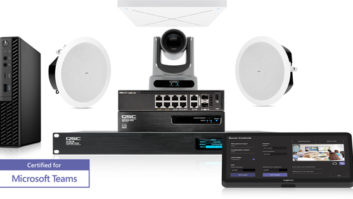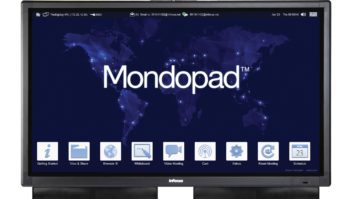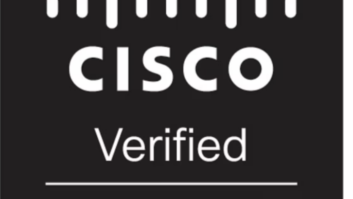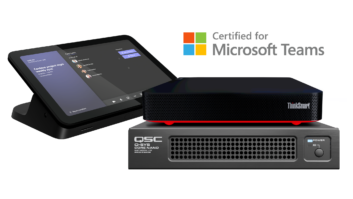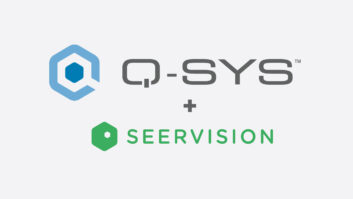
Main challenges in the videoconferencing market
Enterprises are challenges with outdated systems and they often lack the ability to scale their video collaboration aspirations due to incompatible solutions. Being locked-in to specific tools or meeting room endpoints can also cause problems when there is a need to expand functionality and services. Delivering seamless connectivity and interoperability is vital to ensure that your strategy avoids standardising on ineffective legacy technology and out of date architectures that may hinder operational efficiency.
The workforce dynamic is changing dramatically. More people are working remotely and, therefore, intuitive, integrated communications are crucial to improving collaboration. Videoconferencing, instant messaging, and meeting room solutions are essential tools to create an environment that can quickly bring stakeholders together to interact efficiently.
A less than welcome trend has been the rise of cybercrime with denial of service and ransomware attacks being commonplace. Security stakeholders need the reassurance that collaboration systems are as secure as possible. Security is a major challenge for any enterprise, whether that is data security or eliminating toll fraud and leadership, such as the CIO or CISO, needs to be confident that the network is secure and that systems will not be hacked. Encryption is essential to protect any form of messaging or communication, as well as the physical security of where the data is stored. Data jurisdiction is an important consideration, especially when using any cloud-based solution.
Enterprises need to rethink how they can empower employees to work more effectively and move with market trends to stay relevant and competitive. Millennials are becoming the dominant workforce demographic and this generation is moving away from traditional forms of communications like e-mail and embracing secure app-based messaging to enable them to meet in an instant.
“With all the intelligence in the cloud and not in the device, enterprises have the freedom to do more within a secure environment”
The Future of videoconferencing
The convergence of video, voice, content sharing, and messaging, into one simple solution will be a major driver for more effective collaboration. In the future, as categories converge, the ability to deliver intuitive solutions that seamlessly connect people at the touch of a button will help remove the friction currently caused by outdated systems and legacy infrastructure.
The cloud is the gateway to future possibilities. With all the intelligence in the cloud and not in the device, enterprises have the freedom to do more within a secure environment. With agility, the more responsive leaders can be to market forces.
According to Deloitte, 69% of C-level executives say company culture, especially transparency in internal communications, is critical to their organisation’s ability to realise its mission and vision. Building a network for seamless collaboration will drive the workforce of the future. By empowering every employee with easy to use collaboration tools will dramatically improve internal and external communications. Customer engagement will be more responsive, partnership performance will increase, and more opportunities will unfold to expand business growth.
We are already witnessing a major change in work practice strategies. In the next five years, more enterprises will be less location based to reduce expensive overheads, more fluid with how they optimise resources, and focused on maximising the workforce’s skills and time. The future is the culture of NOW.
